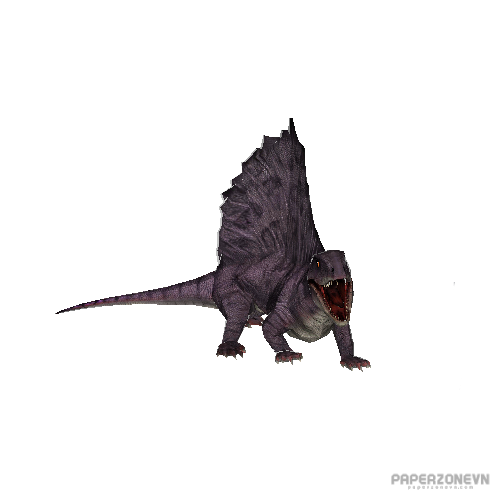- Thumbnail
-

- Resources
- http://www.wrpapercrafts.com/
- Author
- W.R.papercrafts
- Printed File Format
- PDO
- Page(s)
- 8
- Part(s)
- 168
- Instruction Format
- PDO
Sponsored:
[Dinosaur] Dimetrodon papercraft

Dimetrodon is often mistaken for a dinosaur or as a contemporary of dinosaurs in popular culture, but it became extinct some 40 million years before the first appearance of dinosaurs. Reptile-like in appearance and physiology, Dimetrodon is nevertheless more closely related to mammals than to modern reptiles, though it is not a direct ancestor of mammals. Dimetrodon is assigned to the "non-mammalian synapsids", a group traditionally – but incorrectly – called "mammal-like reptiles", and now known as stem mammals. This groups Dimetrodon together with mammals in a clade (evolutionary group) called Synapsida, while placing dinosaurs, reptiles, and birds in a separate clade, the Sauropsida. Single openings in the skull behind each eye, known as temporal fenestrae, and other skull features distinguish Dimetrodon and mammals from most of the earliest sauropsids.


Dimetrodon is often mistaken for a dinosaur or as a contemporary of dinosaurs in popular culture, but it became extinct some 40 million years before the first appearance of dinosaurs. Reptile-like in appearance and physiology, Dimetrodon is nevertheless more closely related to mammals than to modern reptiles, though it is not a direct ancestor of mammals. Dimetrodon is assigned to the "non-mammalian synapsids", a group traditionally – but incorrectly – called "mammal-like reptiles", and now known as stem mammals. This groups Dimetrodon together with mammals in a clade (evolutionary group) called Synapsida, while placing dinosaurs, reptiles, and birds in a separate clade, the Sauropsida. Single openings in the skull behind each eye, known as temporal fenestrae, and other skull features distinguish Dimetrodon and mammals from most of the earliest sauropsids.

Sponsored: Google Advertising
